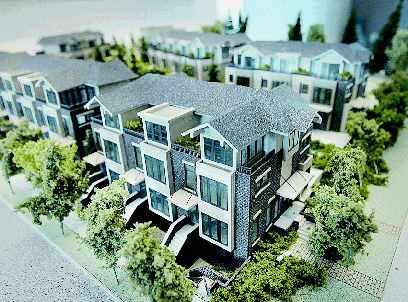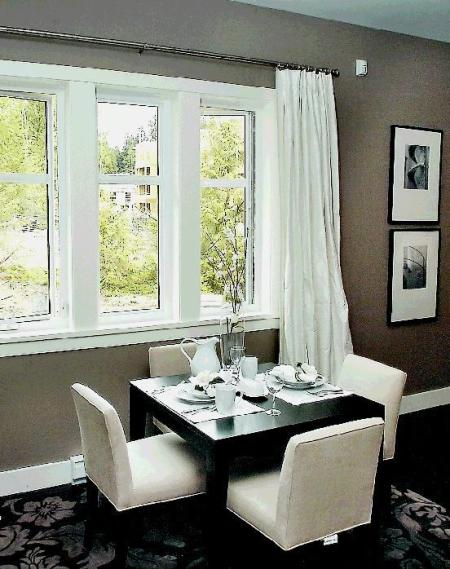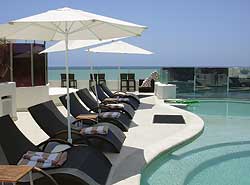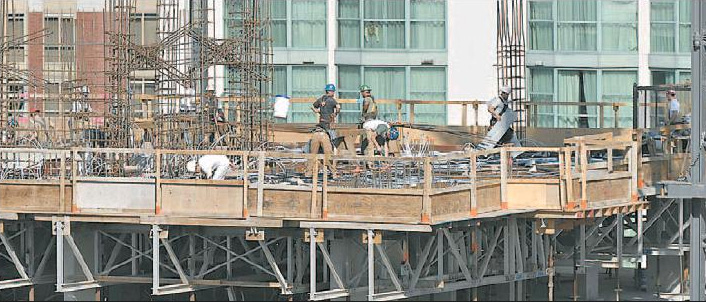Bob Ransford
Sun
Should a longtime owner of an income-producing rental apartment sell and take advantage of high condo prices? Should a first-time buyer finally now plunge into what appears to be a market with no upward limit?
Are we moving from a seller’s market into one where the buyer will again have a bit of an advantage? Or, are we running out of developable land, only to see prices move to the next level?
The answer is yes. Well, the answer is also no. Better yet, there is no easy answer.
This is how I try to answer the same questions I am constantly asked by people who read this column and figure I have some special knowledge about where real estate trends are headed. The fact is, regardless of my knowledge of what is happening in the market today, my predictions for the future are based on informed guesses at best.
It is fun, once in a while, to think that there is some kind of crystal ball which I burnish with all of the market intelligence I can gather to conjure up a cloudy picture of the future. But, on the other hand, I really find that this kind of trivial treatment of real property — land that we settle and buildings in which we live — to be trivializing real estate to the point that it is becoming a commodity.
Real estate is more than a commodity. Think about it.
Buying a home is likely the biggest single financial transaction you will make in your life. Your home is probably your biggest equity investment and perhaps the investment with the promise of the most substantial gain over time.
For many, that gain also represents our retirement endowment.
Residences, whether single-family detached homes or apartments in multi-family buildings, represent the majority of the built form that defines our settlements — places we call communities.
There must be value, other than monetary value, attached to a home. There are the intrinsic values of comfort and of security — real and perceived. There is the value of prestige and image. There are inherent values, like family memories and that “sense of place” some find at the deepest level when they think about the place they call home.
How can these values be measured financially?
In a market as frenzied as the one we have been through in Vancouver lately, we tend to lose sight of these realities. We can get caught up in the numbers game.
Real estate has been selling so fast in this city lately that a few of the players out there have almost defined a new measure of success when it comes to pre-construction sales. First it was how many homes could be sold in a month. Then it was how many might sell on the project “launch day”. Now, it’s almost as though there is a rate of sales per hour.
If you are thinking about buying a home — maybe even your first home — forget about the numbers. Forget about getting into “the game” because it is not a game.
Think about how you might feel sitting in your new living room two years from now. Think about the kind of things that make you feel a part of the community. Consider how safe you might feel approaching your front door on arriving home late one night.
Think about reviewing your bank statement in January, after your monthly mortgage payment, with all of the bills from Christmas piled up beside you. Think about the equity you are building while no longer paying rent.
If you have a home to sell, think about the natural buyer for your home. Perhaps you have a second property that is an investment. It’s time to take advantage of your gain, but where do you start with finding a buyer who recognizes the real value of the home? Why not start with offering the property to your current renter? Bypass paying a realtor commission on the sale.
Then think about where you are going to reinvest.
There is a lot to think about when it comes to real estate, especially when that real estate is your home or someone’s home.
Perhaps it is time to start thinking about all of those things, avoiding the frenzy that has everyone else caught up in the numbers game.
Bob Ransford is a public affairs consultant with CounterPoint Communications Inc. He is a former real estate developer who specializes in urban land use issues.
© The Vancouver Sun 2007














